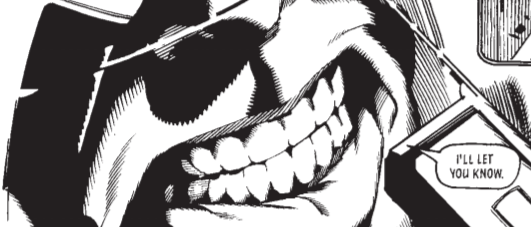
Map of the United States of Indonesia, December 1949 by Milenioscuro for Wikipedia “Indonesian National Revolution” under licence https://creativecommons.org/licenses/by/4.0/deed.en
(18) INDONESIAN WAR OF INDEPENDENCE
(1942-1949)
And now we come to the focus of my wild-tier special mentions for conflicts or wars after the Second World War, but which took definitive shape during that war – the wars in east or south east Asia.
Of course, we’ve already seen one of the biggest such wars in my previous special mention for the Chinese Civil War, but it is also one that encapsulates many of the features of “the deadly confrontations that broke out–or merely continued–in Asia after peace was proclaimed at the end of World War II”.
“Under occupation by the victorious Allies, this part of the world was plunged into new power struggles or back into old feuds that in some ways were worse than the war itself”, compounded by the circumstance that “the U.S. and Soviet governments, as they secretly vied for influence in liberated lands, were soon at odds”.
“Within weeks of the famous surrender ceremony aboard the U.S.S. Missouri, civil war, communal clashes, and insurgency engulfed the continent, from Southeast Asia to the Soviet border. By early 1947, full-scale wars were raging in China, Indonesia, and Vietnam, with growing guerrilla conflicts in Korea and Malaya. Within a decade after the Japanese surrender, almost all of the countries of South, East, and Southeast Asia that had formerly been conquests of the Japanese or colonies of the European powers experienced wars and upheavals that resulted in the deaths of at least 2.5 million combatants and millions of civilians.”
Unlike British India, Indonesia had to fight a war of independence, also known as the Indonesian National Revolution, against the Netherlands that had ruled it as the Dutch East Indies – expanding from the original holdings of the Dutch East India Company in 1603 through to its full extent under the Dutch government until Japanese occupation in 1942.
There are some ironies here. That was the Dutch government in exile, as the Netherlands had been occupied by Germany in 1940, so the Dutch government found itself exiled twice over with the loss of the Dutch East Indies to Japan. Also, while Indonesia may not have had British India’s more “peaceful” cession of independence, it had fewer casualties from its war for independence than British India had from its partition into two states. Indeed, it was fortunate that its war for independence involved comparatively few casualties among the new or continuing wars that emerged in east or south-east Asia after the Second World War.
The Indonesian independence movement began well before the Second World War, but the occupation by Japan from 1942 to 1945 “was a critical factor in the subsequent revolution”. Firstly, Japan “spread and encouraged Indonesian nationalist sentiment”, even if more for their own advantage. Secondly, the Japanese occupation effectively “destroyed and replaced much of the Dutch-created economic, administrative, and political infrastructure”. Hence I’ve chosen 1942 as the starting date for this special mention.
And the Indonesian independence movement came out swinging straight from the end of the war, with their declaration of independence on 17 August 1945 – only two days after the announcement of Japan’s unconditional surrender (and prior to the formal ceremony of surrender on the U.S.S. Missouri).
The Dutch were able to regain some control of major towns or cities when they returned as a significant military force in early 1946. In the interim, other Allied forces occupied Indonesia or at least parts of it, primarily the British as it was assigned to Britain’s South East Asia Command.
Ironically, despite surrendering, the former Japanese occupying forces found themselves on both sides of the war. The overwhelming majority of them complied with the terms of surrender to assist the Allied forces to maintain order, albeit both Japanese and Allied forces often sought to avoid direct confrontation with Indonesian nationalists. However, some Japanese holdouts joined the Indonesian national revolutionaries – as did some defecting Indian soldiers from British forces.
Ultimately, Dutch forces were not able to extend or preserve the control they regained, partly because of the military situation facing “well-organized resistance with popular support”, but primarily because of international diplomatic and political opposition. That opposition came from neighboring Australia – where Australian maritime workers in their characteristic style boycotted loading or unloading Dutch ships – but also India, the Soviet Union, and most significantly, the United States. The opposition from the United States was the most significant because it threatened to cut off economic aid to the Netherlands under the Marshall Plan. The Dutch gave in, ceding sovereignty to Indonesia in 1949.
RATING: 4 STARS****
X-TIER (WILD TIER)










